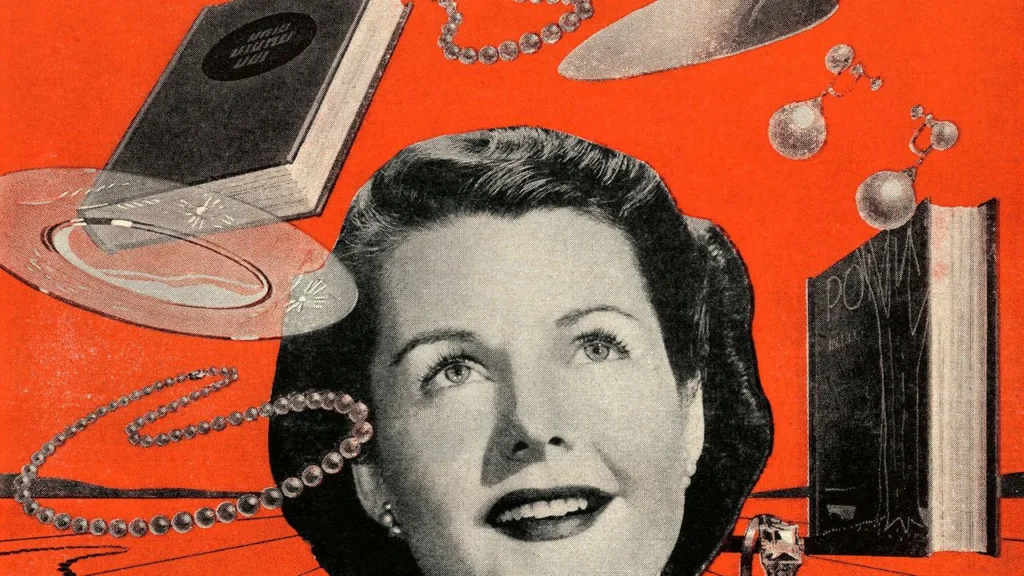
Every brand’s dream is to make it into the stream of culture. Once a subculture picks up on your brand and connects with it, that’s when the magic really happens.Once a subculture picks up on your brand and connects with it, that’s when the magic really happens.
Welcome to Marketing Chronicles. A newsletter where marketers come for expert industry commentary at the intersection of strategy and creativity — every Wednesday sent before daybreak. If you like what you see, join us for free here.
One of the most fundamental frameworks that account planners work with when planning advertising is the 4Cs.
Customer. Category. Company. Culture.
This framework has been a cornerstone in most advertising briefs ever written because it gives strategists a complete picture of the environment in which a brand exists while taking into consideration its value propositions — or benefits ladder if we want to get more technical.

The magic then takes place when the account planner takes this massive amount of research, and distills it down to one big thing. The Insight.
By looking at where these 4 layers intersect, strategists are able to uncover insights that serve as jumping off points for the creatives to ideate around. While some campaigns might lean a little more heavily into one or the other, by going through this exercise the strategist is able to ensure no stones are left unturned.
While I’ve written extensively about the first 3 Cs above, today I’d like to dive a little deeper into the Culture C. This is typically the most misunderstood one as it’s also the most dynamic and “slippery” of the 4Cs.
What Is Culture?
In 2023, Dr. Marcus Collins (Marketing professor at the University of Michigan and ex- Chief Strategy Officer at W+K NY) wrote a book titled For The Culture: The Power Behind What We Buy, What We Do, and Who We Want to Be. In it he taps into his academic and professional background in “cultural contagion and meaning making” to unpack what is culture and how it is produced.
In his book, Dr. Collins describes culture as the shared beliefs of people that signal (though artifacts, behaviours, language) their membership to a particular group.
In which…
-
- Shared beliefs are the “unspoken” rules of how a particular group sees the world (e.g., if you’re a Michigan Wolverines fan, then you likely hate Ohio State)
-
- Artifacts are the physical items that might signal their allegiance to that group (e.g., a Apple’s white earbuds in a sea of black earbuds)
-
- Behaviours are particular ways in which people behave to express said beliefs (e.g., Chicagoans will never put ketchup on their hot dog)
-
- Language are the spoken words that that particular group shares in common (e.g., corporate lingo such as “let’s circle back on that”, “EOD”, “low-hanging fruit”, etc.)
Through this “shared way of life”, members of a particular sub-culture will be able to easily identify a fellow member anywhere around the world, and strike an immediate connection with them because they “just get each other”.
Culture is like a mental shortcut — when you see people who share similar beliefs as you it serves as a shortcut to trusting that person a little more. And as humans we depend on this thing called “trust” to make every day decisions without draining our mental capacities over every little thing.
For example, as a Brazilian living in North America, whenever I see someone wearing Havaianas — which is a classic Brazilian flip flop that just about everyone in Brazil owns — I immediately know that in all likelihood they are from the same place I’m from. And since we are both outside of our countries of origin, we immediately bond over our Brazilian soccer teams (plus our disdain for Argentinian soccer teams), music, and food. And the moment we begin talking, we can immediately tell which state the other person is from and we strike further conversation over that, and so on.
Meaning, since as Brazilians we were both raised seeing the world from a similar vantage point in comparison to North Americans (as developing nations with lower economic power), we speak the same language (Portuguese), act in similar ways (which, despite there being wide intra-group variance, it is likely still more similar than in comparison to our fellow Canadian friends), and we own the same artifacts (Havaianas, a Brazilian national team jersey, etc.) — we end up sharing a particular way of life.
The result of this shared way of life is what leads to the creation of shared expression such as soccer, music, food, film, literature, etc. that we both so deeply love.
Tip: if you’re trying to succinctly communicate what subculture an audience belongs to, here’s a framework Dr. Collins suggests:
-
- I am a member of [name of subculture]; we believe [shared belief of the subculture]; therefore, I [behavioural norm].
-
- Example: I am a Brazilian soccer fan; we believe that we’re better than Argentina; therefore every time we play each other we proudly wear our Brazilian jersey all day leading up to the game.
There are millions of sub-cultures constantly evolving and being created around the world, and in all likelihood you are part of several of them:
-
- Sneaker culture
-
- Hoop culture
-
- Apple users
-
- Bro culture
-
- Political affiliations (e.g., MAGA, Progressives, Dems, Rs, etc.)
-
- Swifties
-
- Friends fans
-
- Religious affiliation (Catholicism, Islam, Judaism, etc.)
-
- And many, many more.
Tapping Into Culture
Inserting a brand into culture is arguably the most difficult thing to do in marketing.
Not because we might not understand certain sub-cultures, but because to be “adopted” into a new congregation the brand needs to earn its spot into it — it can’t simply say they belong, they must walk the talk.
The idea of using culture to drive consumption is nothing new. It was first adopted by Sigmund Freud’s despised nephew, Edward Bernays, when he applied the technique of assigning meaning to consumer products — such as cigarettes — to drive sales back in 1929.
Torches of Freedom, as the campaign came to be known, tapped into the suffrage movement to encourage women to smoke cigarettes as a way to signal their equality to men, turning Lucky Strike into a symbol of feminism at the time.

In today’s world, with the advent of new forms of media, culture has become fragmented into millions of sub-cultures that have developed quite unique ways to behave, speak, and adopt artifacts that signal such membership.
Take Budweiser as an example. Back in the 90s, there was a television show out of Detroit called Martin, led by the one and only Martin Lawrence. In it, he was the host of a fictional radio station called WZUP, and his signature on-air salute was a high-pitched repetition of “wassup”.
Fast-forward to 1999, and the creative director at DDB Chicago noticed that this greeting had taken a hold of how men greeted each other, so he connected the dots: Budweiser had positioned itself as the champion of camaraderie, so what better way to convey that than a spot where buds greet each other with a bunch of “wassups” while drinking a Bud?
This type of cultural sensibility is not something that one can simply research and apply. It requires keeping a finger on the pulse of culture, being attentive to opportunities that align with your brand’s positioning, and then successfully executing a well-crafted message that doesn’t feel forced.
Which is why leaning more heavily into the Culture C of the 4Cs is the most difficult one to pull off. Oftentimes, this comes from long-standing client/agency relationships where the creative/strategy teams have spent enough time immersed in the brand and having themselves become affiliated with the subcultures that relate with the brand.
And more often than not, one cannot plan for it — subcultures spontaneously adopt your product as an artifact of their congregation and you, as the brand steward, must be attentive to capitalize on the opportunity (such as when Stanley saw this video making waves on the internet of how their tumbler survived a car exploding into flames, and then went on to buy that customer a new car. Eventually, millions of people began scouring the internet for these indestructible coffee tumblers — leading to waitlists on their online store and empty shelves at Walmart — because it signaled a membership into this exclusive group of Stanley tumbler owners).
A Word Of Caution
While this all seems exciting, as marketers we must be aware of the impact of our actions.
The perfect example of how tapping into meaning-making techniques can be harmful is what Edward Bernays did with Lucky Strike back in the 30s. Sure, people didn’t know that cigarettes were bad for them, but that’s exactly the type of oversight I’m talking about.
Capitalism has a way of turning everything — and I mean, EVERYTHING — into a consumption opportunity.
When people begin finding their connection with fellow consumers more valuable than their connection to church, family, community, and other “longer lasting” forms of meaning-making congregations, we are putting people at risk of disillusionment and superficiality.
Yes, as marketers our jobs entail of growing brands. And we do that through a variety of tactics, and for as long as the free market allows, culture will be on the table up for grabs.
But we must always approach this C with extreme caution and consciousness of the impact it might have beyond sales.
Tread carefully, and think about the second, third, fourth orders of magnitude that your actions might have.




